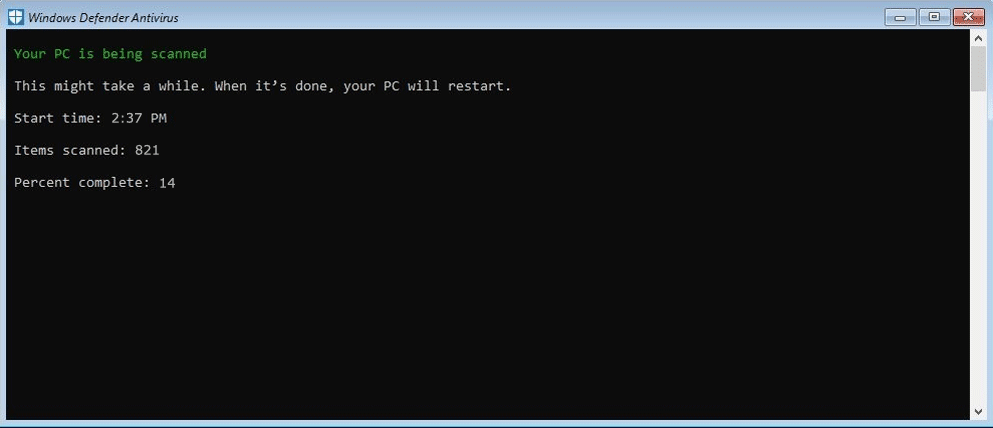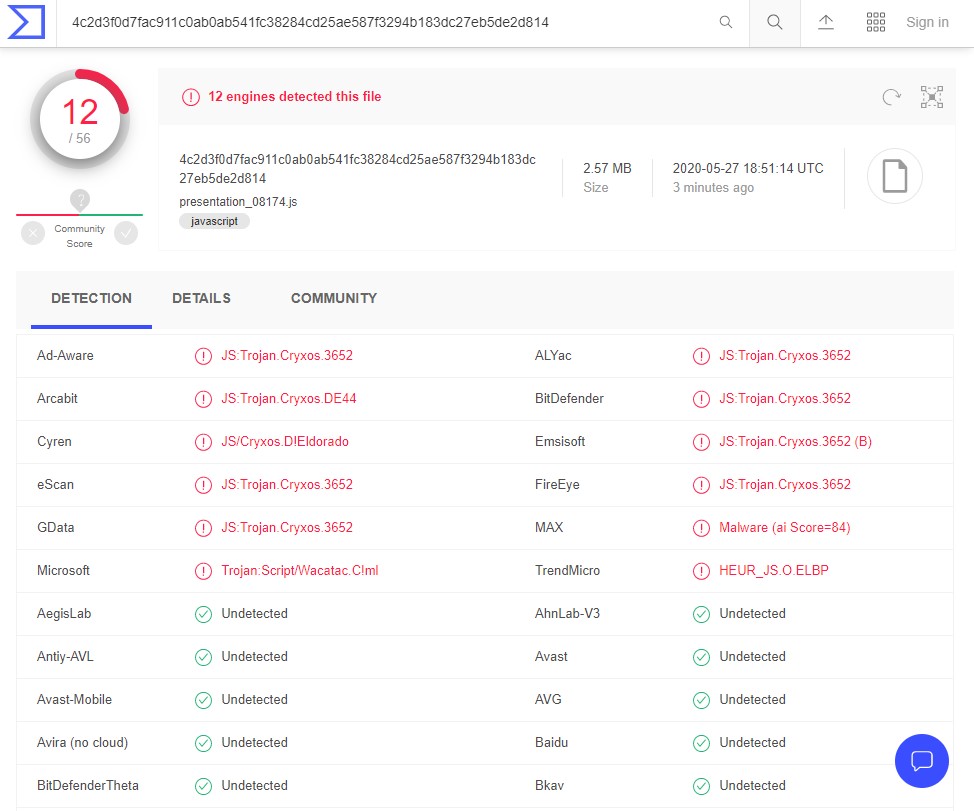Kaspersky is a well-known antivirus provider, that has fallen out of favor in the US, over the years. It’s largely due to its perceived ties to Russia, whom the US considers a “foreign adversary.” In 2017, Kaspersky software was forbidden from use in any part of our government. And now in 2024, we’re about to see a complete prohibition, a full-on U.S. Ban on Kaspersky Antivirus.
The US Government explains the ban on the Bureau of Industry & Security website. But that makes for really dry reading, so I’ll also summarize: Kaspersky is being shown the door, because our government is worried about cybersecurity threats that their software could bring to American computers. Threats such as espionage, malware, and data theft. This decision has been made, so if you are a current Kaspersky software user, here’s what you really need to know and act on:
- Kaspersky customers in the USA are not in any trouble. You will not be punished, fined or otherwise harassed for your use of the Kaspersky software.
- You can keep using Kaspersky software, if you care to, with no ill-effects or penalty. However, your antivirus will no longer receive updates after 9/29/2024. That essentially means that you need a different antivirus in 3 months time.
- I don’t know what this means for automatic renewals! So to be safe, all Kaspersky customers should log in one last time at their Account website. Delete all stored payment methods and turn off all recurring renewal fees or subscriptions.
If you need any help with your conversion to a new antivirus, give me a call!






